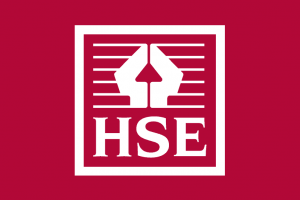Growth reaches six-month high in the North West

PRIVATE sector activity growth in the North West region accelerated to a six-month high during November.
Despite this, the rate of expansion was slower than the average over the 35-month sequence of growth and weaker than the UK average.
Meanwhile, new order growth resumed, although it was softer than across the UK as a whole. Employment growth eased to the weakest since May 2013 in November.
The seasonally adjusted Lloyds Bank North West Business Activity Index posted at 54.9 in November, up from 51.5 in October, thereby pointing to the fastest rate of expansion in activity since May at North West private sector firms.
According to panellists, increased sales from both domestic and international clients led to growth in activity. However, the rate of expansion was still weaker than in the UK overall and slower than the average over the current 35-month spell of growth.
New orders at North West private sector firms increased in November, offsetting the decline seen in October. However, similar to output, the rate of expansion was weaker than the UK average.
Private sector firms hired additional staff in November but the rate of job creation slowed to the lowest since May 2013 and was weaker than that seen across the UK as a whole.
Where job creation was recorded, companies mentioned new roles in development and the hiring of extra staff due to forecasts of higher activity growth.
Volumes of unfinished business were depleted during November for the third consecutive month. However, the rate of decline was the weakest in the current period of contraction.
Reduced raw material costs was a key factor behind lower input prices in November, according to surveyed companies. However, the rate of decline was slight overall.
Martyn Kendrick, area director for SME Banking in the North West, Lloyds Bank Commercial Banking, said: “Growth momentum in the North West accelerated, with output increasing at the fastest rate since May and new orders returning to growth.
“Lower input costs helped to ease cost burdens and a stronger pound to the euro encouraged firms to offer reduced selling prices to compete at the international level.”
However, employment growth slipped to a two-and-a-half year low, highlighting the need to boost staff numbers at a rate closer to the UK average.”







